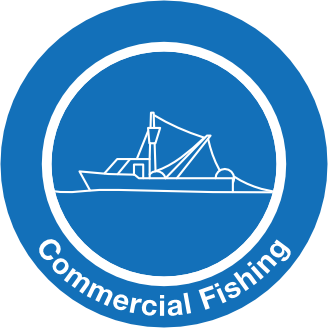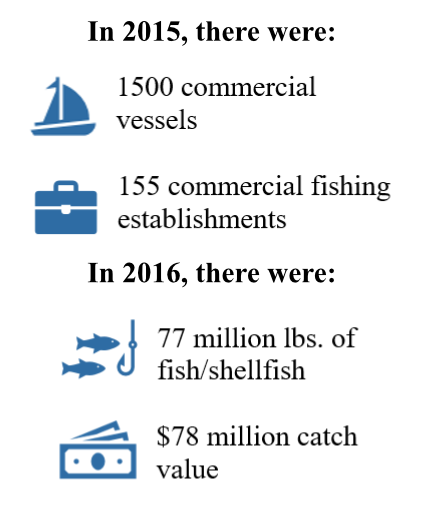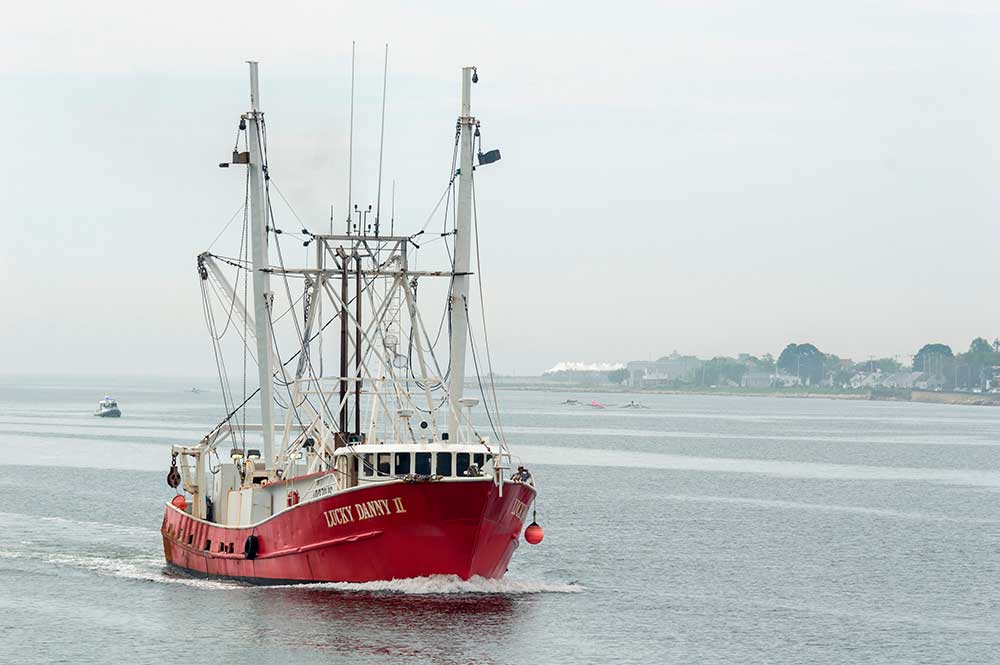

Recent Trends
- The industry has remained relatively constant over the past few years: Point Judith is the most productive port, with landings of 53.4 million pounds in 2016, yielding $56 million in value (see graph). Newport had 7 million pounds valued at $8 million, while North Kingstown had 18 million pounds valued at $14 million. Data for all three ports is available beginning in 2011 – as seen from the graph, catch value and volume remain relatively constant with yearly fluctuations.
- Ports in the NBW are nationally ranked: In 2016, Point Judith, North Kingstown and Newport ranked 18th, 34th, and 75thfor landing volume out of the top 131 landings in coastal states in the U.S. For landing value, in 2016 they ranked 15th, 74th, and 92ndnationally. All three ports rose in rank for landing value since 2015. For comparison, in 1981, Newport ranked 11thand Point Judith ranked 17thof 98 in landing volume for all coastal ports.
- Despite national ranking, the NBW falls behind in national trends: in the U.S., from 2006 to 2015, landing volume increased 2% while annual landing value increased by 30%. Conversely, data from Point Judith and Newport indicate that landing volume decreased 3% and landing value fell by 34%.

Future Outlook
Commercial fishing is currently threatened by declining stocks as a result of overfishing, water pollution, and loss of habitat. In the future, climate change may exacerbate many stressors on fish populations, including changes in ocean pH and salinity and an increase in water temperature. In the coming century, water temperature will rise an estimated 3.6 to 5.4°F. Species composition will shift – population of warm water species like scup and summer flounder, two top grossing species in NBW commercial fishing, are likely to increase, while populations of cool-cold water species, like American lobster, are likely to decline. Together, these shifting ocean conditions and species diversity will likely impact commercial fishing, and adaptation to these changes will be key for the commercial fishing industry moving forward.
Read the full commercial fishing chapter

